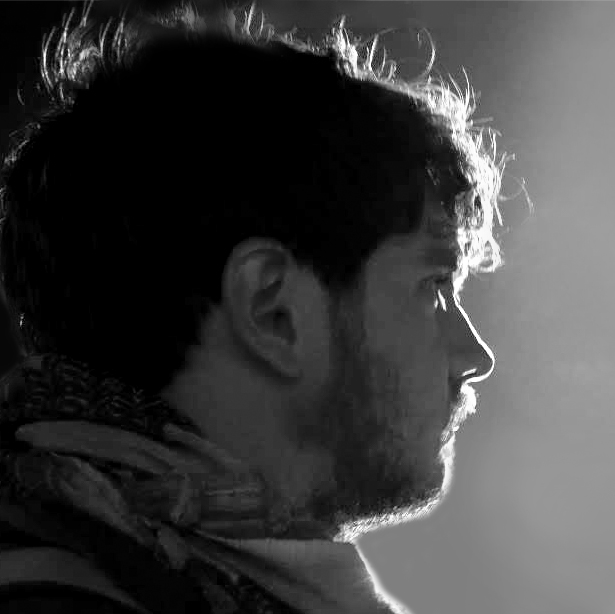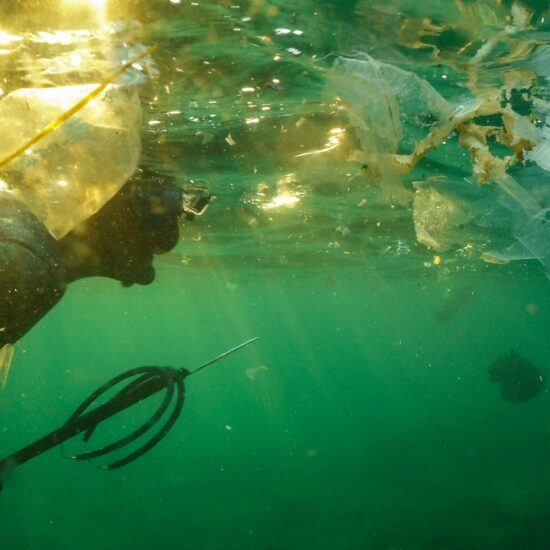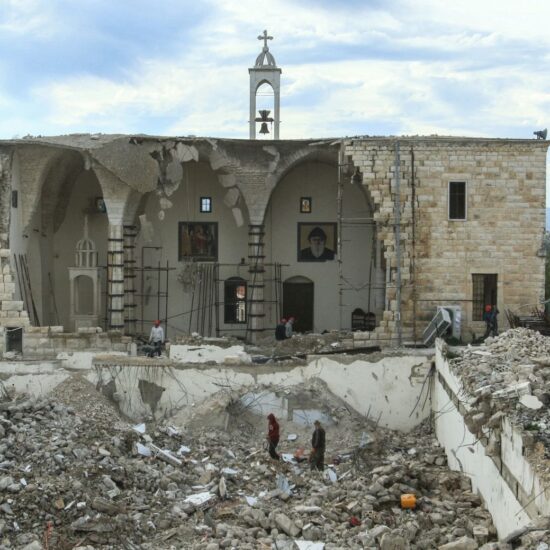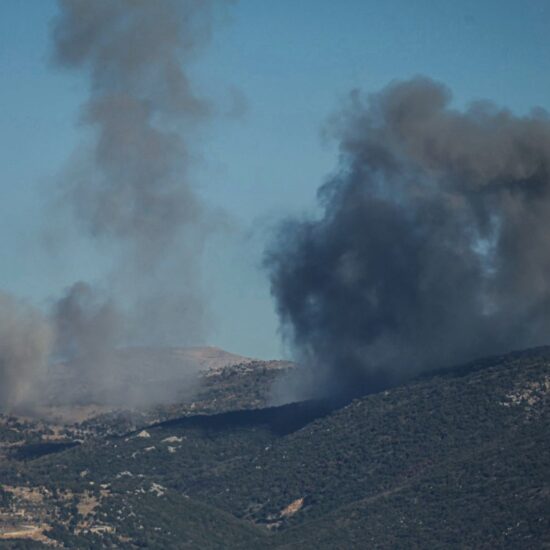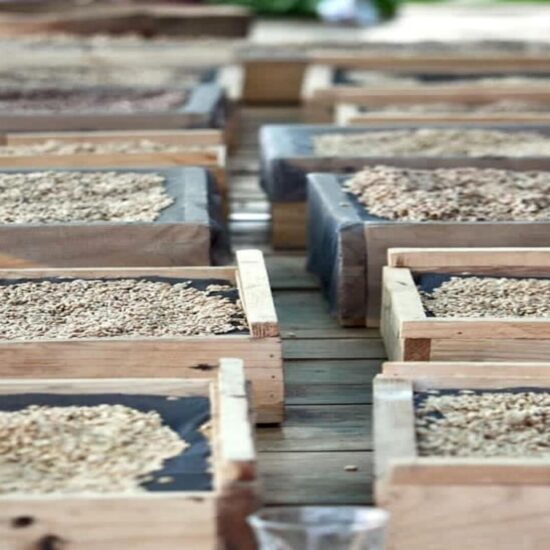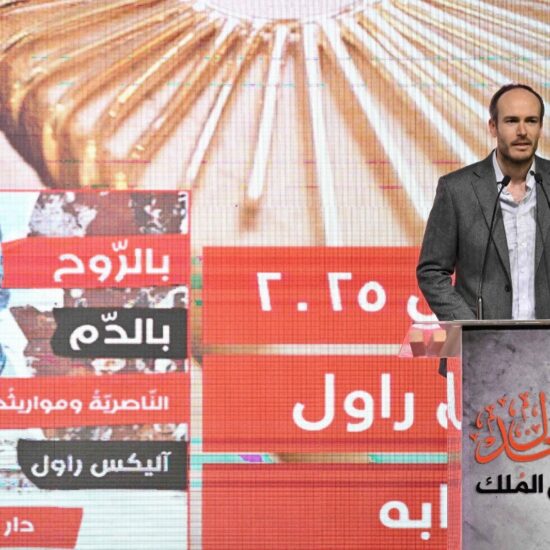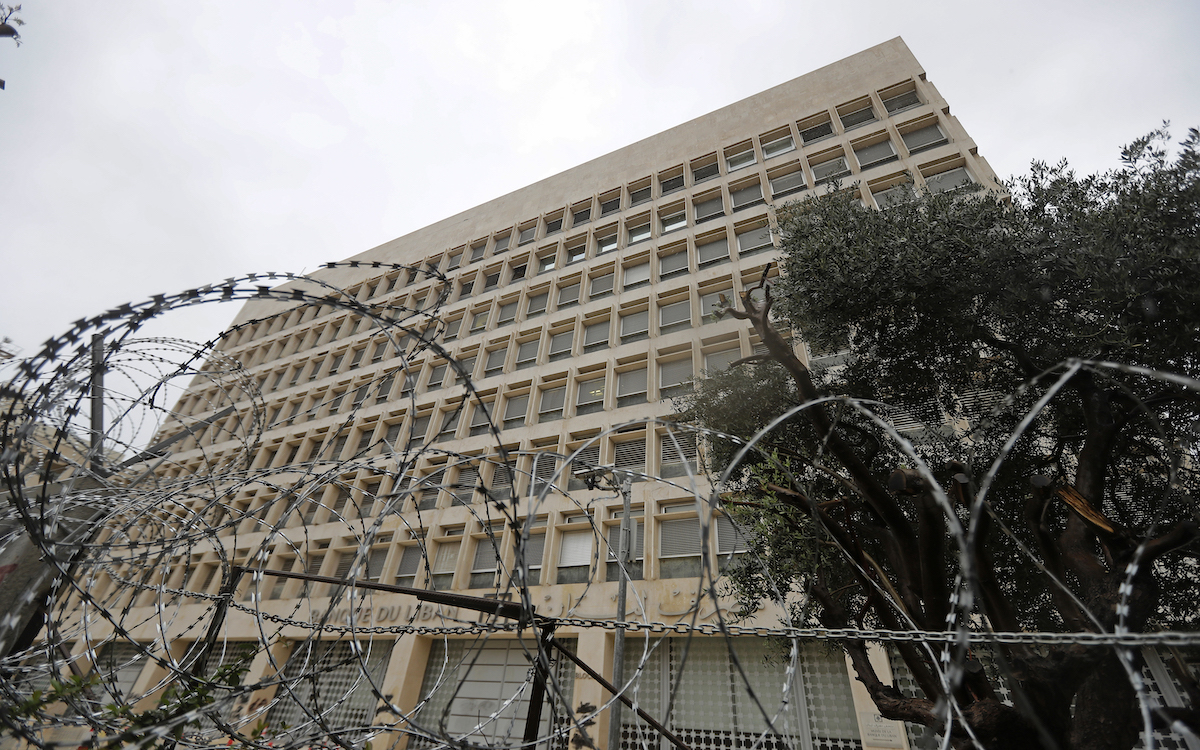
Last week, Lebanon’s Central Bank (BDL) released its biweekly interim balance sheet which had a few key pieces of information that stood out.
According to BDL, the Lebanese government owes them around $16.5 billion, a number that seemed to appear out of nowhere.
The second detail was a $36 billion “valuation adjustment.”
None of this, though, came as much of a surprise to financial advisor and commentator Mike Azar who described BDL’s “valuation adjustment” as a “nonsense” term, and that it has no meaning outside of being another way of saying that the money was part of the country’s public debt. Even this magically appearing $16.5 billion is not as big of a deal as it first appeared.
Rather, Azar argued that this is all part of the way that the government and BDL tries to hide their financial malpractices and “fraudulent accounting.”
“It’s part of this broader narrative of liabilities accruing to the government, to the state, to the public being hidden through fraudulent accounting,” Azar told NOW. “Still, until today, Parliament hasn’t really done anything about it.”
Where did the money come from?
The way the government accumulated this “debt” is common practice – something that practically every other government does in order to pay for its expenses.
What happens is that a government asks for dollars from its central bank. So, then, the government gives the central bank local currency in exchange for the dollars.
For example, if the Lebanese government needs money to pay for fuel for Electricité du Liban, Danielle Hatem, a financial expert, told NOW, it would buy dollars from BDL for the equivalent in Lebanese Lira.
The problem is that starting in 2007, BDL and the government came up with a new way of enacting this process.
“BDL decided since 2007 to book the sale of dollars as a loan on the government in USD without repaying these amounts from the government’s current account,” Hatem explained.
This essentially meant that the government would put the dollar equivalent in Lebanese Lira in their account at the official 1,500 rate, creating a sort of loan rather than paying for the dollars immediately.
There is also a question mark on the role of finance ministers and the subsequent governments and how they let BDL record these amounts as debt over the years without questioning it.
Then, at the start of February this year, the official rate was changed to 15,000.
“The government had $16.5 billion in Lebanese Pounds at the 1,500 rate in collateral at BDL against the $16.5 billion of government expenses that BDL covered,” Azar stated. “When they changed the official rate to 15,000, the value of that collateral that the government had put up shrunk in dollar terms and was no longer enough to cover the $16.5 billion of debt. So, now, BDL had to show that the government now owes it $16.5 billion.”
This is what created the “overdraft” that BDL claims the government has on its account.
However, what makes no sense to Azar about this is that, in a footnote of the report, BDL says that they expected the government to pay back the loan in dollars.
“That footnote in the BDL balance sheet last week indicates that BDL thought the government was going to pay it back in dollars which doesn’t make any sense. The government has no ways to get dollars other than from BDL,” he said.
What does this debt mean?
This $16.5 billion loan that the government needs to pay off has been added to the constantly growing debt that it is incurring.
But, according to Azar, it makes no difference if BDL claims that the government owes them money or if the bank simply wrote it off as a loss since BDL is a public institution and either scenario means that it is part of the public debt.
“It’s not really meaningful whether this is specifically classified as debt to the government versus this is a BDL debt that we can’t pay off. Either way, this is a public debt and it’s an economic loss,” he stated.
“There isn’t just the $16 billion but the whole $60 billion in BDL losses is all public debt and the $16 billion is just part of that whole bucket,” Azar later added.
In fact, this tactic is not new either.
Three years ago, during the initial negotiations with the International Monetary Fund (IMF), BDL tried to use the same tactic, claiming that the government had overdrafted its account and owed BDL money. The IMF dismissed the claim as ridiculous.
What is of consequence, according to Azar, is how this funding was approved given the laws surrounding how the government can acquire funding from BDL.
We still don’t know how the government will deal with the emergence of a new $16.5 billion loan, whether it will pay it back or not. The only way it may affect the economy is if the government decides to repay it by printing money, which will result in higher inflation, or in raising taxes, both of which affect the purchasing power of the Lebanese and this will worsen the situation even more.
Legally, the government, legally, cannot just request money from the central bank whenever it pleases. Instead, it needs to go through a budget process that is first approved by the country’s legislature.
“What’s interesting is that if the government has an accruing $16+ billion in debt without any authorization from Parliament then that’s a problem,” Azar said. “That’s probably a crime. A public institution can’t just accrue debt without being reflected in the budget process.”
Hatem agreed with Azar, adding that she questioned the accuracy of the number put forward by BDL and the involvement of former finance ministers and governments in this system that lasted for just over a decade and a half.
“It took BDL around 16 years to claim the debt and I guess this is not right because it had the equivalent amounts in lira back then,” she exclaimed. “There is also a question mark on the role of finance ministers and the subsequent governments and how they let BDL record these amounts as debt over the years without questioning it.”
To add to the problem, any losses that BDL incurred should have been reflected in the budget. Instead, BDL hid these losses.
What will the impact be?
Besides adding to the public debt, it is not currently clear how this $16.5 billion will impact the country.
Much of its effects depend on how the government will respond.
To start, Hatem says that the Lebanese population need to wait and see if the government even accepts this debt. If so, do they plan on paying it back? If they do, then how?
Depending on how the government responds, it could have a negative impact on the economy and serve to deepen the economic crisis.
“We still don’t know how the government will deal with the emergence of a new $16.5 billion loan, whether it will pay it back or not,” Hatem stated. “The only way it may affect the economy is if the government decides to repay it by printing money, which will result in higher inflation, or in raising taxes, both of which affect the purchasing power of the Lebanese and this will worsen the situation even more.”
Lebanon is also in the midst of trying to strike a deal with the IMF for billions of dollars in loans that would be a step in helping pull the country out of the economic crisis.
In April 2022, the Lebanese government reached a staff-level agreement with the IMF on the loan which stipulated the conditions under which the money would be released.
This meant that the government would need to pass reforms that include a restructuring plan for the public sector, a capital control law and unifying the exchange rate.
None of these requests have come close to being fulfilled.
While this newfound $16.5 billion may not significantly affect talks with the IMF, it does not help the government’s grounds for negotiation, as the funding body may favor a plan where the government’s debt is written off.
This $16.5 billion that BDL claims it is owed may not have a large impact on the country or its debt in the short term, but, for those watching, it is another instance of the shady financial practices being utilized by the country’s elite, adding to the already extensive distrust that the Lebanese people have for those in power.
Nicholas Frakes is a senior reporter with @NOW_leb. He tweets @nicfrakesjourno.


